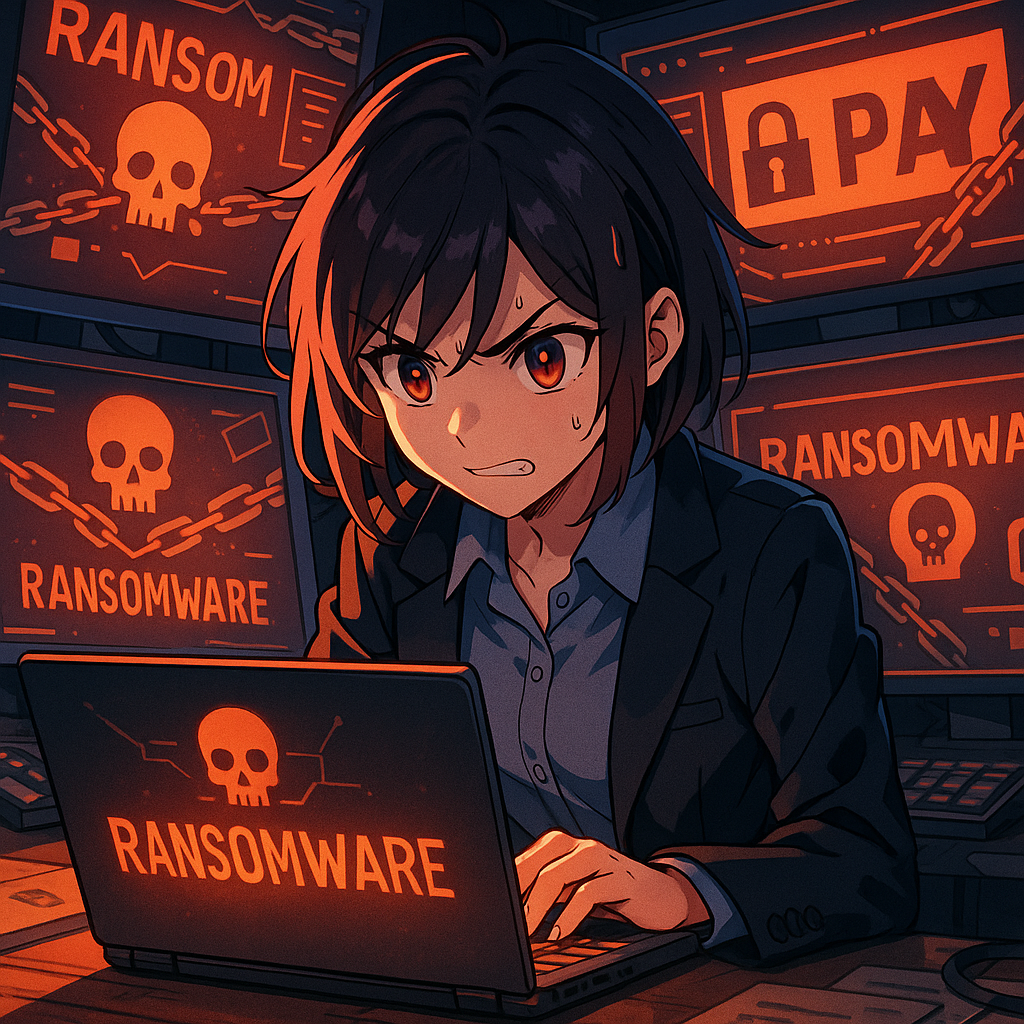Ransomware 101: What Every Small Business Needs to Know Before It’s Too Late

For many small business owners, cybersecurity feels like an abstract problem something that happens to big corporations, hospitals, or government agencies. But the reality is, ransomware attacks are an everyday threat, and small businesses are often the easiest targets.
In fact, over 60% of ransomware victims are small and mid-sized businesses, according to industry reports. That means if you’re reading this, there’s a good chance your business is already at risk, whether you realize it or not.
So, what exactly is ransomware? And more importantly what can you do to protect your business before it’s too late?
Let’s break it down.
What Is Ransomware, Really?
Ransomware is a type of malicious software (malware) that encrypts your data and locks you out of your own systems. Once it’s in, it scrambles your files documents, spreadsheets, customer records, even entire servers into unreadable gibberish.
The attacker then demands a ransom payment, often in cryptocurrency, in exchange for the decryption key. Until you pay, your files remain locked.
But it doesn’t stop there. In many cases, modern ransomware gangs also steal your data before encrypting it, threatening to leak sensitive information online if you refuse to pay. This is known as double extortion.
Why Small Businesses Are Prime Targets
You might think, “Why would hackers bother with my small business? I’m not a big target.”
That’s exactly why they target you.
Here’s the hard truth:
- Small businesses often lack dedicated security teams
- They use outdated systems, weak passwords, and poor backup practices
- They might not know how to detect or respond to a cyberattack
- And most importantly: They’re more likely to pay the ransom out of desperation
Hackers see small businesses as low-hanging fruit. Easy money.
The Cost of a Ransomware Attack
It’s not just about the ransom itself (which can range from a few thousand dollars to millions). The real cost of ransomware includes:
- Downtime: Your business operations grind to a halt.
- Lost Revenue: Every hour you can’t access systems means lost sales.
- Reputation Damage: Your customers lose trust.
- Legal Consequences: Failing to protect customer data can lead to lawsuits or regulatory fines.
- Recovery Costs: Even if you pay the ransom, rebuilding systems and restoring trust takes time and money.
For many small businesses, a ransomware attack can be the event that shuts them down for good.
How Ransomware Infects Your Systems
Most ransomware attacks start the same way:
- Phishing Emails: A fake invoice, a fake shipping notification, a fake HR document one wrong click is all it takes.
- Compromised Websites: You visit a legitimate-looking site that silently installs ransomware.
- Outdated Software: Old systems and unpatched vulnerabilities give attackers a free pass.
- Remote Desktop Protocol (RDP): Weak or stolen passwords allow hackers to log in remotely.
5 Steps to Protect Your Business Today
You don’t need a massive IT budget to defend against ransomware. Here’s what you can do starting right now:
- Train Your Team: Teach employees how to spot phishing emails and suspicious links.
- Use Strong, Unique Passwords: And enable two-factor authentication wherever possible.
- Keep Software Updated: Patching vulnerabilities closes doors hackers could exploit.
- Back Up Your Data Regularly: Store backups offline or in a secure cloud environment.
- Have an Incident Response Plan: Know who to call, what to do, and how to recover quickly if an attack happens.
Final Thoughts
Ransomware is a growing threat, but it doesn’t have to be the end of your business story. By understanding how ransomware works and taking simple, proactive steps to secure your systems you can protect your business, your customers, and your future.
Don’t wait until it’s too late.
Stay informed. Stay prepared. Let’s discuss security.